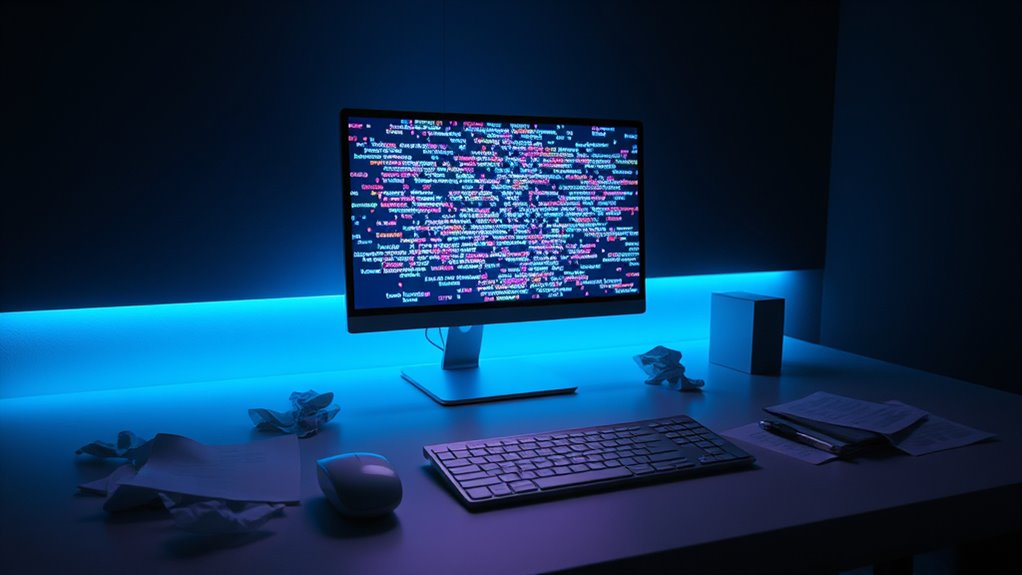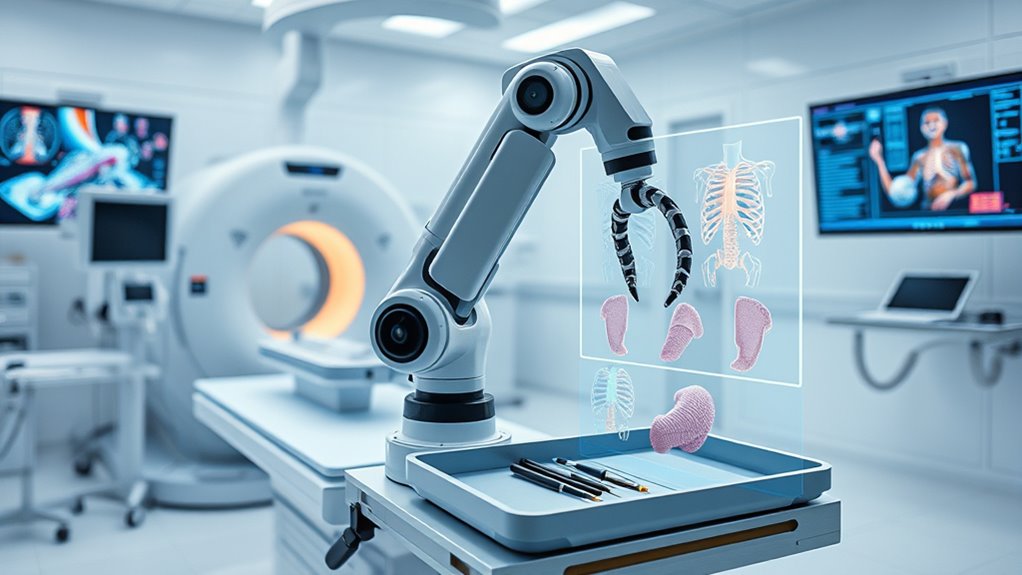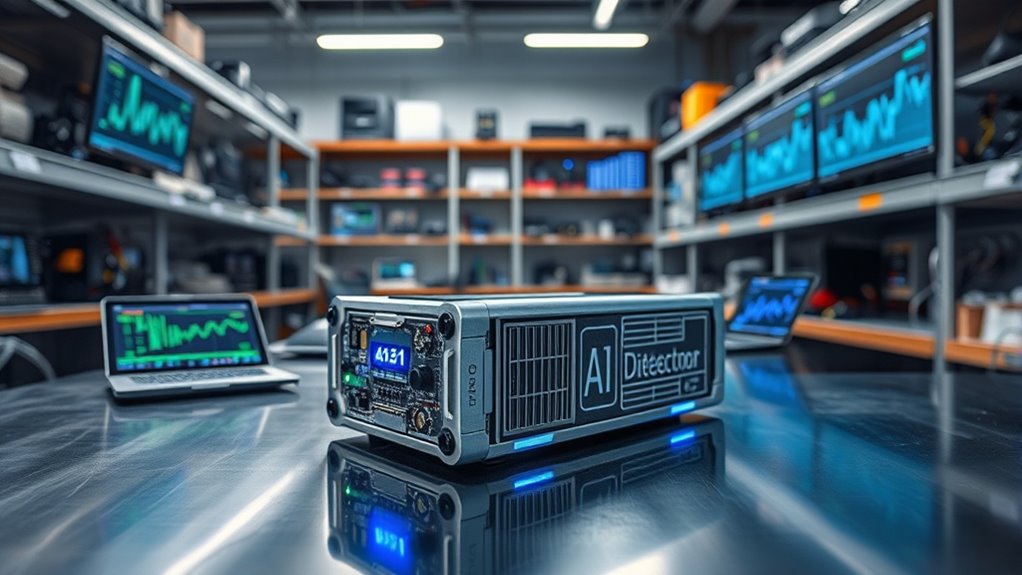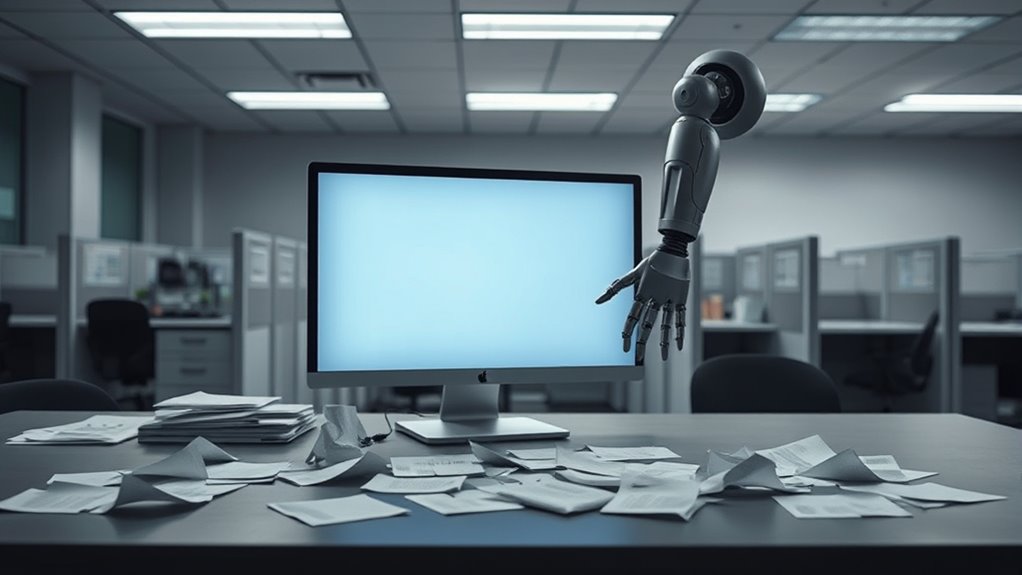How can you tell if a piece of writing comes from a computer instead of a person? It’s a tricky question in today’s world of advanced tech. Many folks are curious about whether a story or essay was written by a human or an AI. Scientists and tech experts have created ways to spot AI-generated text, but it’s not always easy.
One method uses special tools called AI classifiers. These are like smart computer programs trained to look at tons of writing samples. They learn the differences between human and AI text. Another way is called N-Gram analysis. It checks patterns in groups of words to see if they match what a computer might write. There’s also something called statistical watermarks. These are hidden codes that some AI programs put into text, making it easier to detect later.
AI classifiers and N-Gram analysis help spot computer-generated text, while statistical watermarks, hidden in some AI outputs, make detection easier.
Some tools focus on math and curves in data. For example, DetectGPT looks at something called curvature in text patterns to guess if it’s from a machine. Other methods compare log probabilities, which is a fancy way of checking how likely certain words are to appear together. Tools like the OpenAI Text Classifier help with this kind of detective work too. Additionally, techniques like burstiness detection can reveal AI text by identifying overused words and phrases that often stem from training data patterns.
But here’s the catch. These detection tools aren’t perfect. They can mess up and label human writing as AI or the other way around. Plus, sneaky tricks like paraphrasing can fool them. That’s when someone rewrites AI text to make it look more human. It’s also important to note that the accuracy of these tools varies, with even the best ones achieving only around 84% accuracy in ideal conditions. Tools like GPTZero, known for its high detection accuracy, are among the most reliable in distinguishing AI-generated content from human writing.
Also, bad data or attacks on training sets can mess up results. It’s a big challenge to keep up with new AI models that pop up all the time.
Another issue is that not all AI creators use watermarks. Without them, spotting fake text gets harder. Detection needs lots of computer power and diverse writing samples to work well. Even then, different tools might give different answers about the same piece of writing.
Experts say human checks are still needed alongside these tools. As AI keeps getting smarter, the race to detect it continues, and staying aware of these limits is key for everyone.









